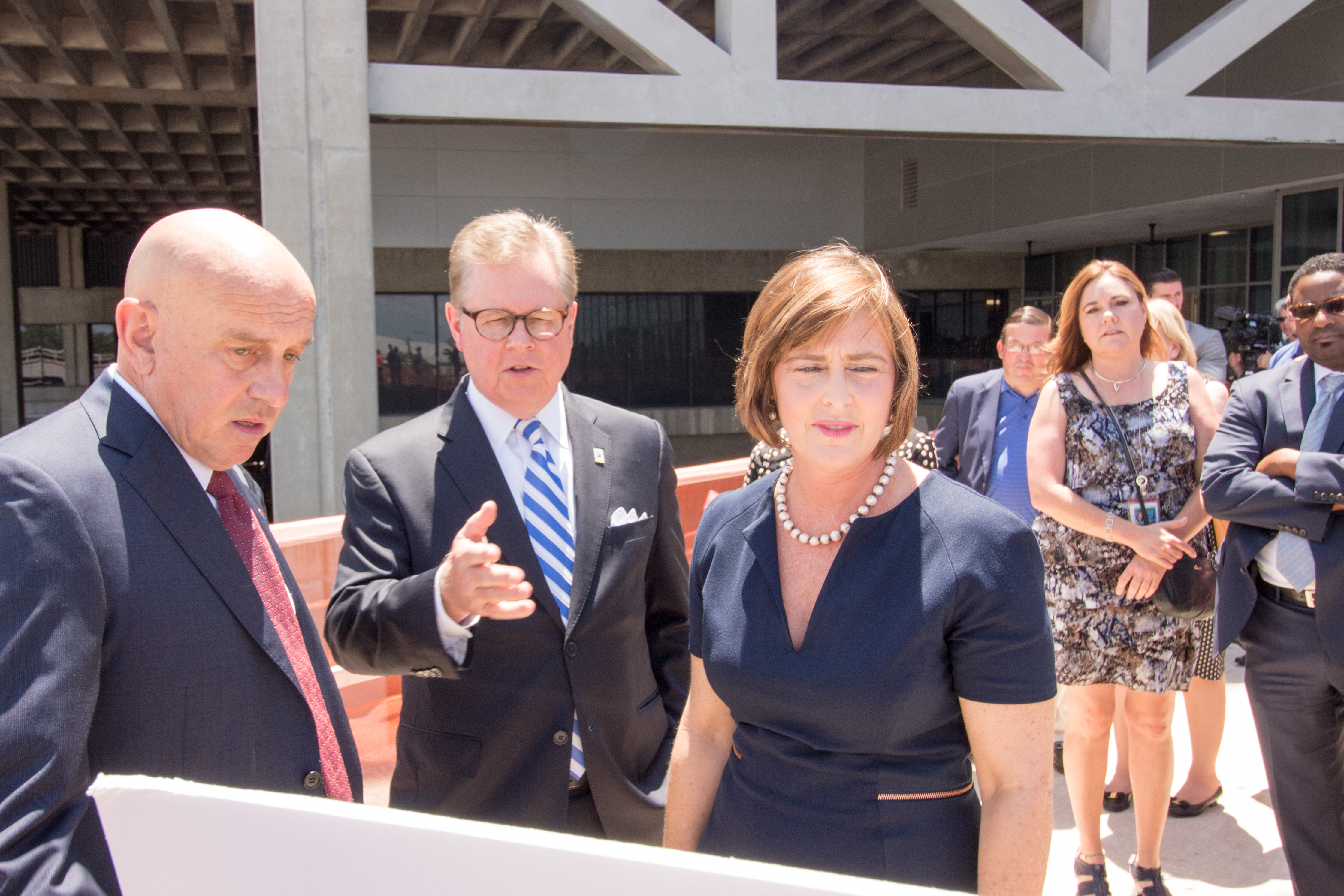Infrastructure Week, a week-long celebration of the vast network that supports – and moves – the U.S. economy, is taking place this week. ACI-NA’s Airport Infrastructure Needs Study details that U.S. airports have nearly $100 billion in infrastructure needs through 2021 to accommodate growth in passenger and cargo activity, rehabilitate existing facilities and support aircraft innovation.
For Infrastructure Week 2018, Tampa International Airport hosted ACI-NA and Building America’s Future (BAF) along with members of the Tampa Congressional delegation for an event focused on the need for airport infrastructure investment. This video highlights the lawmakers and industry leaders who called for robust infrastructure investment during the event.

